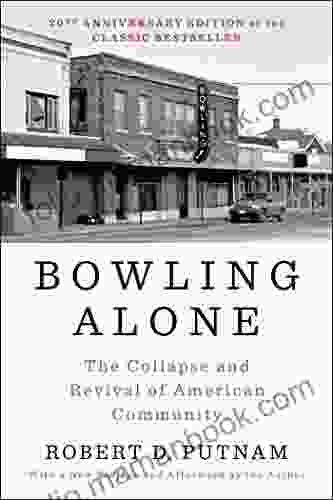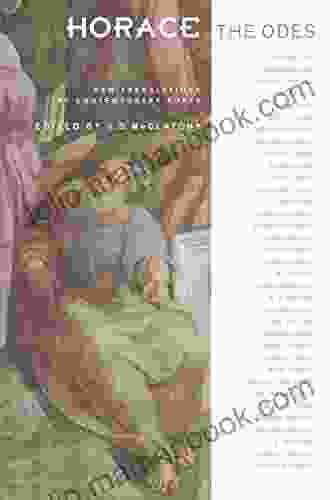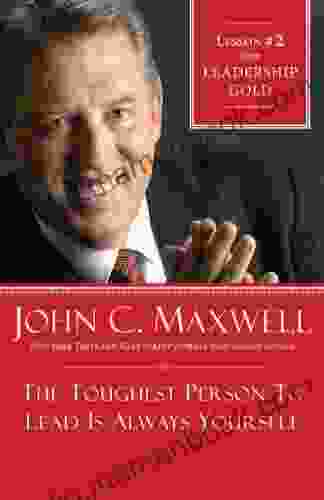The Collapse and Revival of American Community: A Tale of Decline, Disconnection, and the Seeds of Rebirth

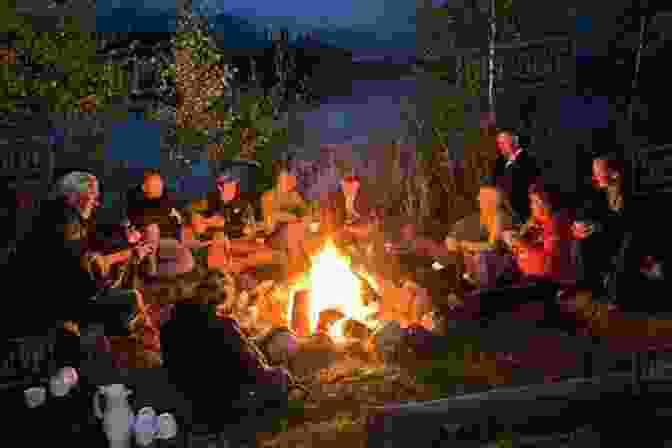
In the tapestry of American history, community has been an enduring thread, weaving together the individuals of this vast nation into a vibrant, interconnected fabric. However, the last half-century has witnessed a profound unraveling of this communal tapestry, leaving a void that has eroded our sense of belonging, purpose, and shared responsibility.
4.4 out of 5
| Language | : | English |
| File size | : | 31708 KB |
| Text-to-Speech | : | Enabled |
| Screen Reader | : | Supported |
| Enhanced typesetting | : | Enabled |
| X-Ray | : | Enabled |
| Word Wise | : | Enabled |
| Print length | : | 575 pages |
| Paperback | : | 214 pages |
| Item Weight | : | 1.13 pounds |
| Dimensions | : | 8.5 x 0.49 x 11 inches |
The decline of American community is a multifaceted phenomenon with roots in a complex interplay of social, economic, and technological factors. The rise of individualism, the fragmentation of the family unit, the erosion of local institutions, and the advent of digital technology have all contributed to a widespread sense of isolation and disconnection.
In the 1950s, American communities thrived with a shared sense of identity and purpose. Families gathered around the dinner table, neighbors knew one another's names, and local schools and churches served as beacons of community engagement. However, as the decade drew to a close, the seeds of decline were sown.
The post-World War II economic boom and the rise of the suburbs led to a gradual dismantling of traditional community structures. As families moved to the outskirts of cities and automobile ownership became widespread, the daily interactions that had once defined community life dwindled. The concept of "bowling alone," coined by sociologist Robert Putnam in 2000, aptly captured this trend of declining social capital.
Concurrently, the rise of individualism and the erosion of traditional values further weakened communal bonds. The "me first" ethos that characterized the 1960s and 1970s undermined the sense of collective responsibility that had once been a cornerstone of American society. The family unit, the bedrock of community, also began to fracture as divorce rates soared and single-parent households became increasingly common.
The digital revolution of the late 20th century dealt a further blow to the already-fragmented fabric of American community. While technology has undoubtedly brought many benefits, its pervasive presence in our lives has also contributed to a sense of isolation and disconnection. Social media platforms, while providing opportunities for connection, have also been shown to foster superficial interactions and a distorted sense of community.
The consequences of this decline have been far-reaching. Social isolation has been linked to increased rates of depression, anxiety, and other mental health issues. The erosion of community spirit has also weakened our ability to solve collective problems, such as poverty, crime, and environmental degradation. In short, the decline of American community has had a profound impact on the well-being and resilience of our society.
However, amidst the decline, there are also signs of renewal. A growing number of Americans are recognizing the importance of community and are actively seeking ways to reconnect. This revival is evident in the proliferation of community-based organizations, the resurgence of civic engagement, and the emergence of new forms of community in the digital age.

Community gardens, for example, have become popular gathering places where people can connect with one another while engaging in a shared activity. Local farmers' markets are another example of community revitalization, providing a venue for people to meet their neighbors and support local businesses.
Social media, despite its drawbacks, can also be used as a tool for community building. Online forums and social groups allow people to connect with others who share their interests and passions. Local businesses are also using social media to engage with their communities and build relationships.
The revival of American community will not be an easy task. It requires a concerted effort from individuals, organizations, and all levels of government. However, the benefits of a vibrant and connected community are undeniable. Strong communities foster a sense of belonging, purpose, and well-being. They provide a safety net for the vulnerable and a platform for collective action.
As we navigate the challenges of the 21st century, it is imperative that we invest in the revival of American community. By fostering social connections, strengthening local institutions, and embracing the potential of technology for good, we can rebuild the tapestry of community that has been fraying for too long. In ng so, we will not only create a stronger and more resilient society but also rediscover the true meaning of being American.
4.4 out of 5
| Language | : | English |
| File size | : | 31708 KB |
| Text-to-Speech | : | Enabled |
| Screen Reader | : | Supported |
| Enhanced typesetting | : | Enabled |
| X-Ray | : | Enabled |
| Word Wise | : | Enabled |
| Print length | : | 575 pages |
| Paperback | : | 214 pages |
| Item Weight | : | 1.13 pounds |
| Dimensions | : | 8.5 x 0.49 x 11 inches |
Do you want to contribute by writing guest posts on this blog?
Please contact us and send us a resume of previous articles that you have written.
 Top Book
Top Book Novel
Novel Fiction
Fiction Nonfiction
Nonfiction Literature
Literature Paperback
Paperback Hardcover
Hardcover E-book
E-book Audiobook
Audiobook Bestseller
Bestseller Classic
Classic Mystery
Mystery Thriller
Thriller Romance
Romance Fantasy
Fantasy Science Fiction
Science Fiction Biography
Biography Memoir
Memoir Autobiography
Autobiography Poetry
Poetry Drama
Drama Historical Fiction
Historical Fiction Self-help
Self-help Young Adult
Young Adult Childrens Books
Childrens Books Graphic Novel
Graphic Novel Anthology
Anthology Series
Series Encyclopedia
Encyclopedia Reference
Reference Guidebook
Guidebook Textbook
Textbook Workbook
Workbook Journal
Journal Diary
Diary Manuscript
Manuscript Folio
Folio Pulp Fiction
Pulp Fiction Short Stories
Short Stories Fairy Tales
Fairy Tales Fables
Fables Mythology
Mythology Philosophy
Philosophy Religion
Religion Spirituality
Spirituality Essays
Essays Critique
Critique Commentary
Commentary Glossary
Glossary Bibliography
Bibliography Index
Index Table of Contents
Table of Contents Preface
Preface Introduction
Introduction Foreword
Foreword Afterword
Afterword Appendices
Appendices Annotations
Annotations Footnotes
Footnotes Epilogue
Epilogue Prologue
Prologue Daniel S Lobel Phd
Daniel S Lobel Phd Bryony Lavery
Bryony Lavery Alan E Beer
Alan E Beer Craig Matthews
Craig Matthews Robert D Putnam
Robert D Putnam Jim1537
Jim1537 Margaret James
Margaret James David L Nelson
David L Nelson Karen Kelly Boyce
Karen Kelly Boyce Isis Estrada
Isis Estrada Charles Lamb
Charles Lamb D D Peters
D D Peters La Moneda Publishing
La Moneda Publishing Edward Clarke
Edward Clarke Arthur Byrd
Arthur Byrd Christina Tosi
Christina Tosi John Inman
John Inman Bob Woodward
Bob Woodward Robert D Ramsey
Robert D Ramsey Horace
Horace
Light bulbAdvertise smarter! Our strategic ad space ensures maximum exposure. Reserve your spot today!

 Edmund HayesBartholin Gland Cyst Natural Treatment With Essential Oils: A Comprehensive...
Edmund HayesBartholin Gland Cyst Natural Treatment With Essential Oils: A Comprehensive...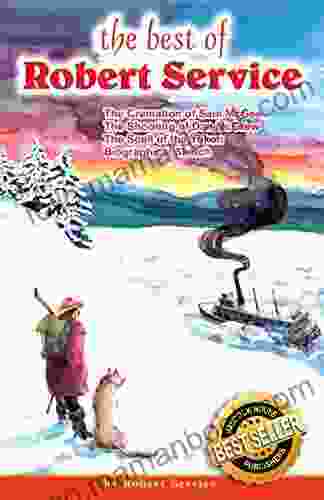
 Gilbert CoxThe Best of Robert Service: Unveiling the Timeless Masterpieces of a Literary...
Gilbert CoxThe Best of Robert Service: Unveiling the Timeless Masterpieces of a Literary... Braeden HayesFollow ·2.1k
Braeden HayesFollow ·2.1k Julio CortázarFollow ·10.9k
Julio CortázarFollow ·10.9k Cormac McCarthyFollow ·15.7k
Cormac McCarthyFollow ·15.7k Jorge AmadoFollow ·17.7k
Jorge AmadoFollow ·17.7k Jamie BellFollow ·4.8k
Jamie BellFollow ·4.8k Grayson BellFollow ·18.7k
Grayson BellFollow ·18.7k Fletcher MitchellFollow ·7.4k
Fletcher MitchellFollow ·7.4k Efrain PowellFollow ·4.9k
Efrain PowellFollow ·4.9k
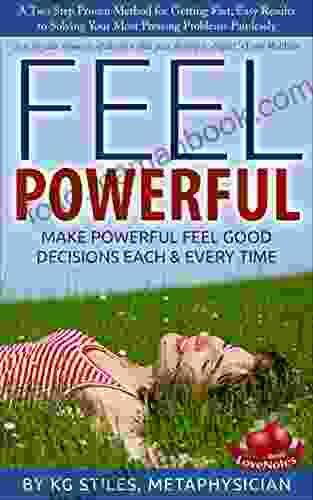
 Dean Cox
Dean CoxHow to Make Decisions Easily & Effortlessly: The...
The Different Types of Decisions There...

 Gustavo Cox
Gustavo CoxThe End of World War II and the Birth of Baseball's...
The end of...

 Patrick Rothfuss
Patrick RothfussThe Dantes: An 11-Family Saga of Billionaires, Soulmates,...
The Dantes is an epic family saga that follows...
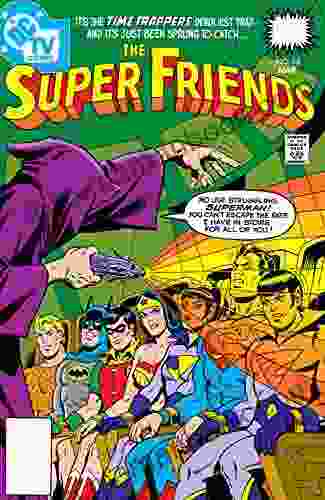
 Dylan Mitchell
Dylan MitchellSuper Friends: The Animated Adventures That Defined a...
In the vibrant landscape of American...
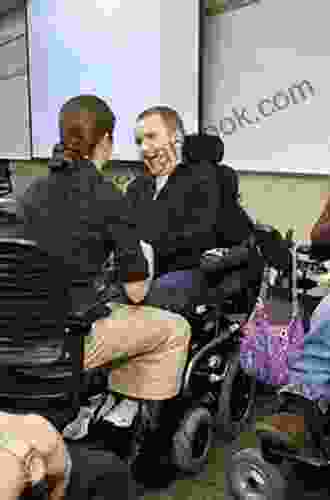
 Jamal Blair
Jamal BlairCollege For Students With Disabilities: We Do Belong
College can be a...
4.4 out of 5
| Language | : | English |
| File size | : | 31708 KB |
| Text-to-Speech | : | Enabled |
| Screen Reader | : | Supported |
| Enhanced typesetting | : | Enabled |
| X-Ray | : | Enabled |
| Word Wise | : | Enabled |
| Print length | : | 575 pages |
| Paperback | : | 214 pages |
| Item Weight | : | 1.13 pounds |
| Dimensions | : | 8.5 x 0.49 x 11 inches |


